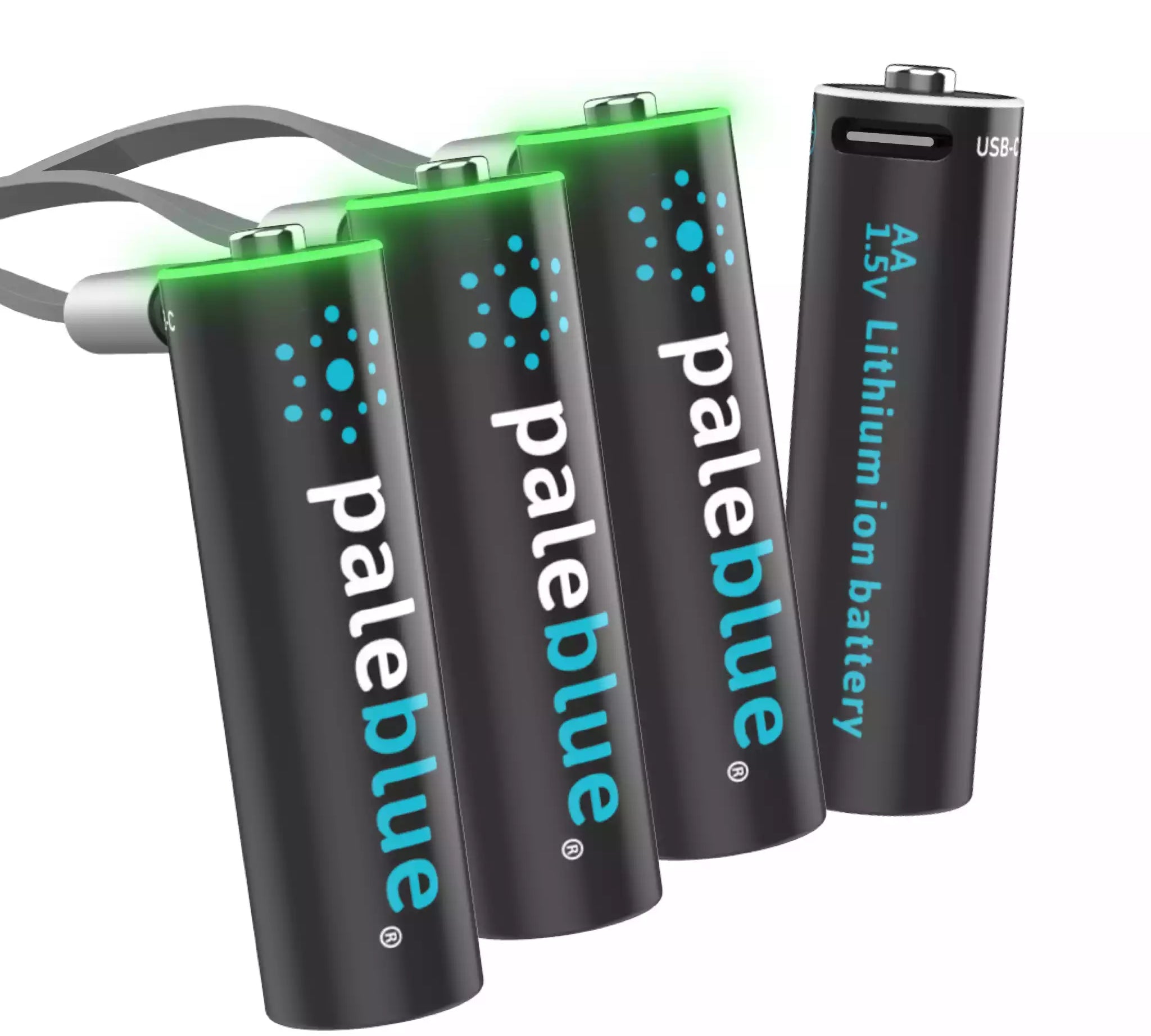3 Ways Scientists Are Working to Improve Li-Ion Batteries

The earliest work on lithium-ion batteries in the 1960s and 70s were to bring about a tremendous improvement over single-use alkaline batteries. Science improved on those early cells, delivering the first lithium-ion batteries in the late 1970s. The technology took yet another step forward when engineers introduced the consumer-level li-ion batteries that would go on to power cell phones and computers.
To assume that lithium-ion technology has reached its limits is to misunderstand how lithium contributes to battery function. Suffice it to say that we haven't reached lithium's limits yet. Scientific research is ongoing, and it is making incredible strides. In fact, the industry is on its way to making a commercially viable solid-state battery in which the liquid electrolyte we now depend on is replaced by a solid electrolyte.
Solid state lithium-ion batteries are still years off for the consumer market. They are coming, but scientists are still working to improve three key things:
1. Reducing Internal Corrosion
No doubt that lithium is a fantastic material for batteries because it is highly conductive and offers high energy density. But it's not perfect. One of its biggest disadvantages is that it's highly corrosive. Touch it to just about anything and that substance will corrode. This is obviously not good for batteries.
Inside a battery, corrosion linked to lithium causes a problem known as dendrite growth. Dendrites are little pieces of lithium that can grow out of a battery's anode. Without getting too scientific, out of control dendrites create performance and reliability degradation.
Solid state technology should limit dendrite growth if implemented properly. Assuming scientists figure it out, the next generation of rechargeable lithium-ion batteries will be significantly better performing than the current generation.
2. Maximizing Charge Cycles
A big advantage of our USB-C rechargeable batteries is the number of charging cycles you get out of a unit. As we have said many times before, a single Paleblue battery can be charged 1000+ times. Solid state batteries just aren't there yet. Until they are, battery makers will have a challenging time competing with what we already have available.
Right now, the goal is to reach 1,000 cycles at bare minimum. But once reached, scientists will start working on a battery capable of 10,000 charge cycles. That would really change the game. A set of AA batteries capable of handling 10,000 charge cycles could last you a lifetime – literally.
3. Reducing Charge Time
Finally, scientists understand that certain battery needs dictate the fastest possible charge time. Paleblue batteries can be charged quickly and conveniently, the AA and AAA taking under 2 hours. On the other hand, electric vehicle batteries typically take about three hours to charge. That won't do. You are content to plug in your USB-C camera batteries and let them go for an hour or two. But in your car, you want batteries that can charge as quickly as you can fill up a gas tank.
Faster charging is one of the big advantages of a solid electrolyte. Compared to a liquid or gel electrolyte, ions and electrons flow much more quickly through solid materials. The key is finding the right material. Ceramic is favored right now, but it has its own weaknesses. Scientists may ultimately decide on something else entirely.
The current generation of lithium-ion batteries has a lot to offer. You get long life, plenty of charge cycles, and more. Yet the next generation promises to be even better. We look forward to seeing what scientists come up with down the road. In the meantime, you can always count on our USB-C rechargeable batteries to power your electronic devices.
- Tags: Economical Sustainability







